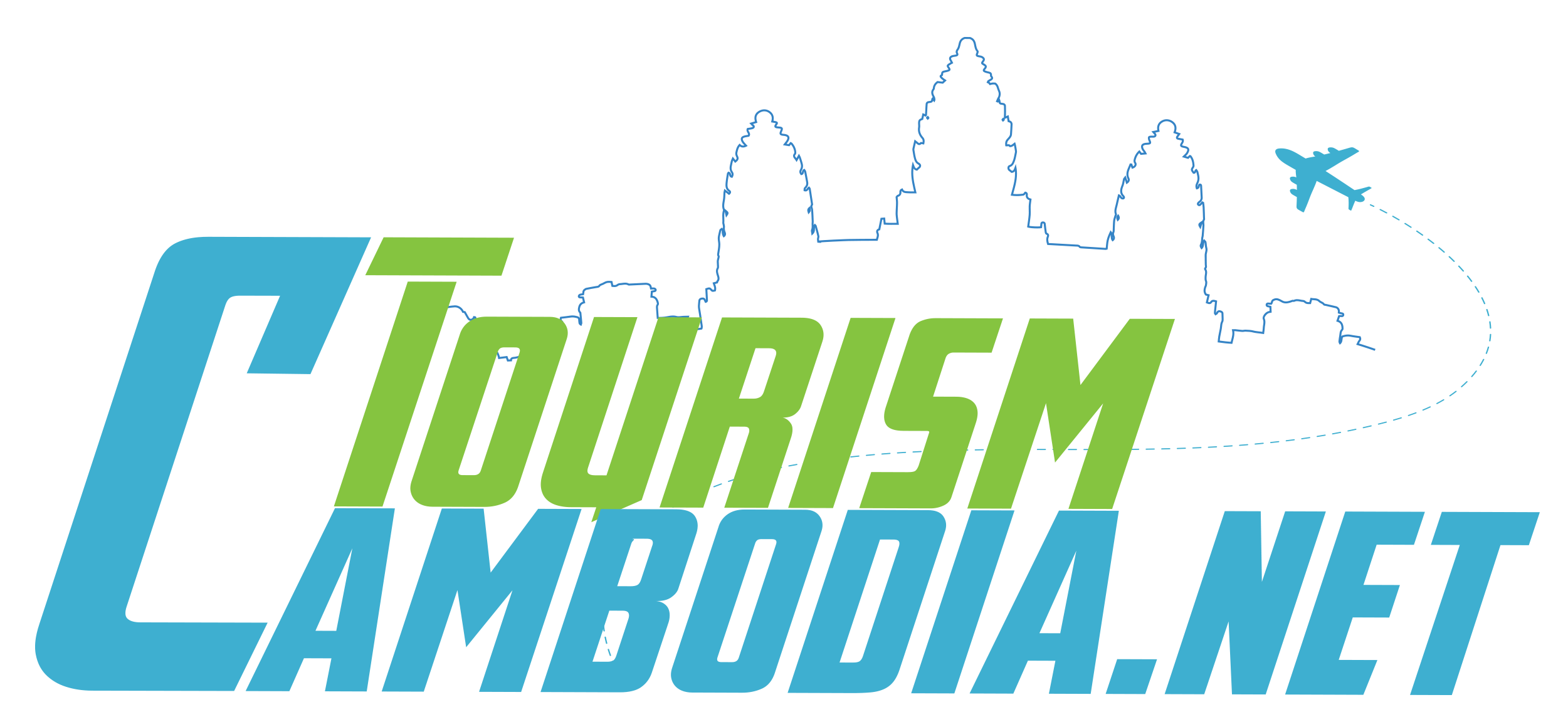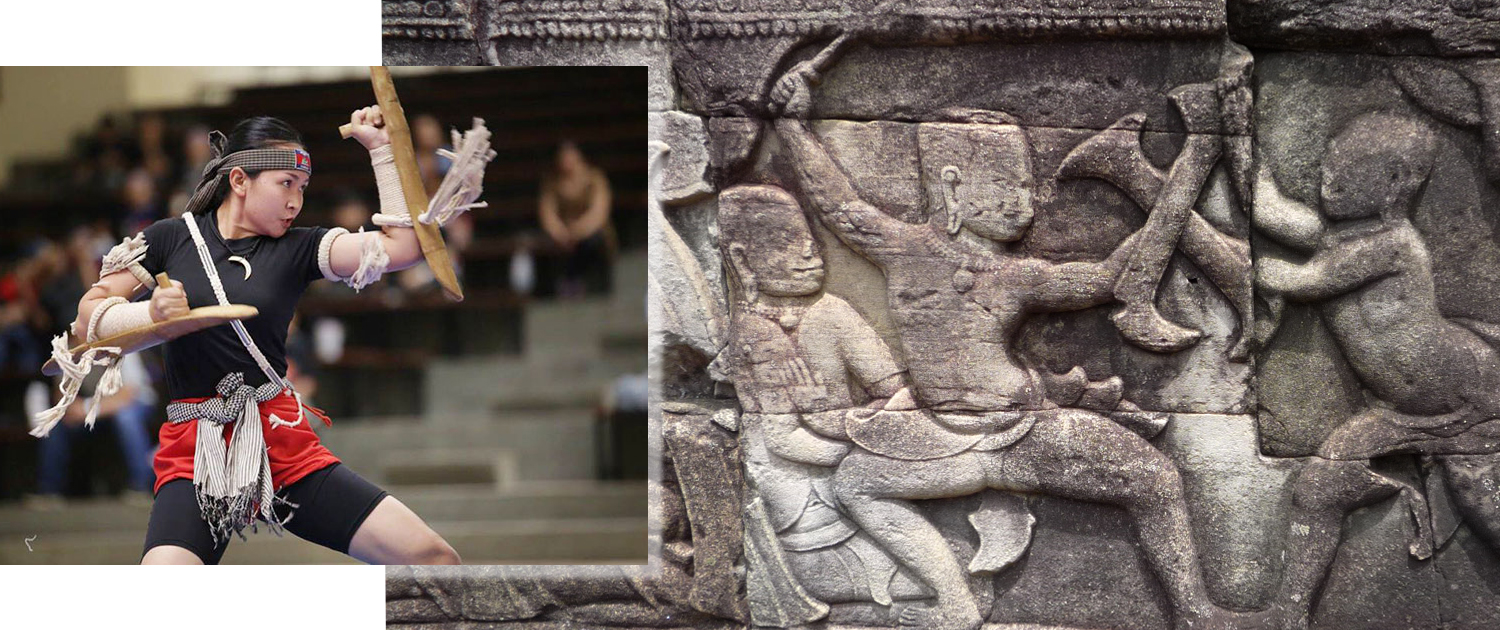YUTKROMKHORM
The Moha Yutkrom Khorn was developed by King Jayavarman VII, combining three generations of techniques from the Nokor Phnom, Chenla and Angkor and named it the Pachavakkak Moha Yutkrom Khorm. There are three parts to it. The first is Yutkunkhorm, which may or may not involve the use of a weapon. The second, Yutsirlkhorm, focuses on the use of magic while the third, Yutsaskhorm, is basically a combined military maneuver.
The Moha Yutkrom khorn martial arts comprise 12 components, 9 of which are categorised as Artakyut, involving only the use of hands, elbows, knees and legs. Next is the Malayut, a series of vigorous movements to catch, wrestle, break and paralyse the enemy. The Yakthiyuth involves the use of sticks including spears and last but not least, are is Khanyut which involves the use of swords; long, short, single or twin blades, etc.

